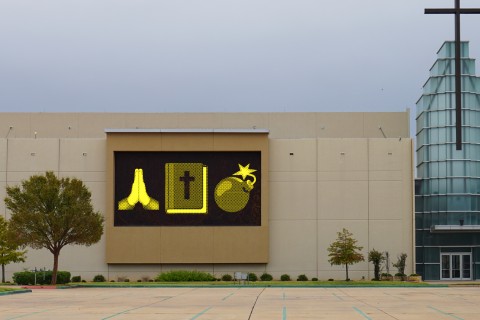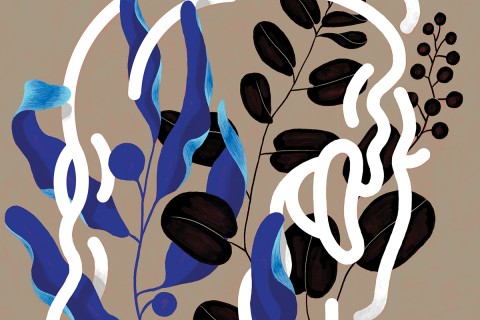Bloom watch
As the weather has warmed to summer heat here in the desert, I’ve begun taking a morning walk that starts somewhere around 5:15–5:30 a.m. It’s best to get outdoors before the sun clears the mountaintops, or at least soon thereafter. I see a number of people as I wind my way through the neighborhood and along the walking trails which surround it. I also see birds, rabbits, and a colorful array of flowering and fruiting plants.
A couple of days ago, I returned from my walk and discovered a beauty in my own front yard. I swear that the buds appeared overnight, that there had been no sign of them the day before. One day the plant looked normal, then suddenly three inch-long buds had appeared. It bloomed later the same day. For some reason, many desert plants are like that. Flowers are here today, gone tomorrow. There’s even something called a bloom watch here because of the night-blooming cereus, or Peniocereus greggii.
As the common name indicates, it only blooms at night, and only blooms once a year. Furthermore, the plants are in some sort of synchronicity with each other, and that one bloom night happens for many adjacent plants. Tohono Chul Park makes a festival out of the occasion, and I’m hoping for the chance to experience it sometime soon.





